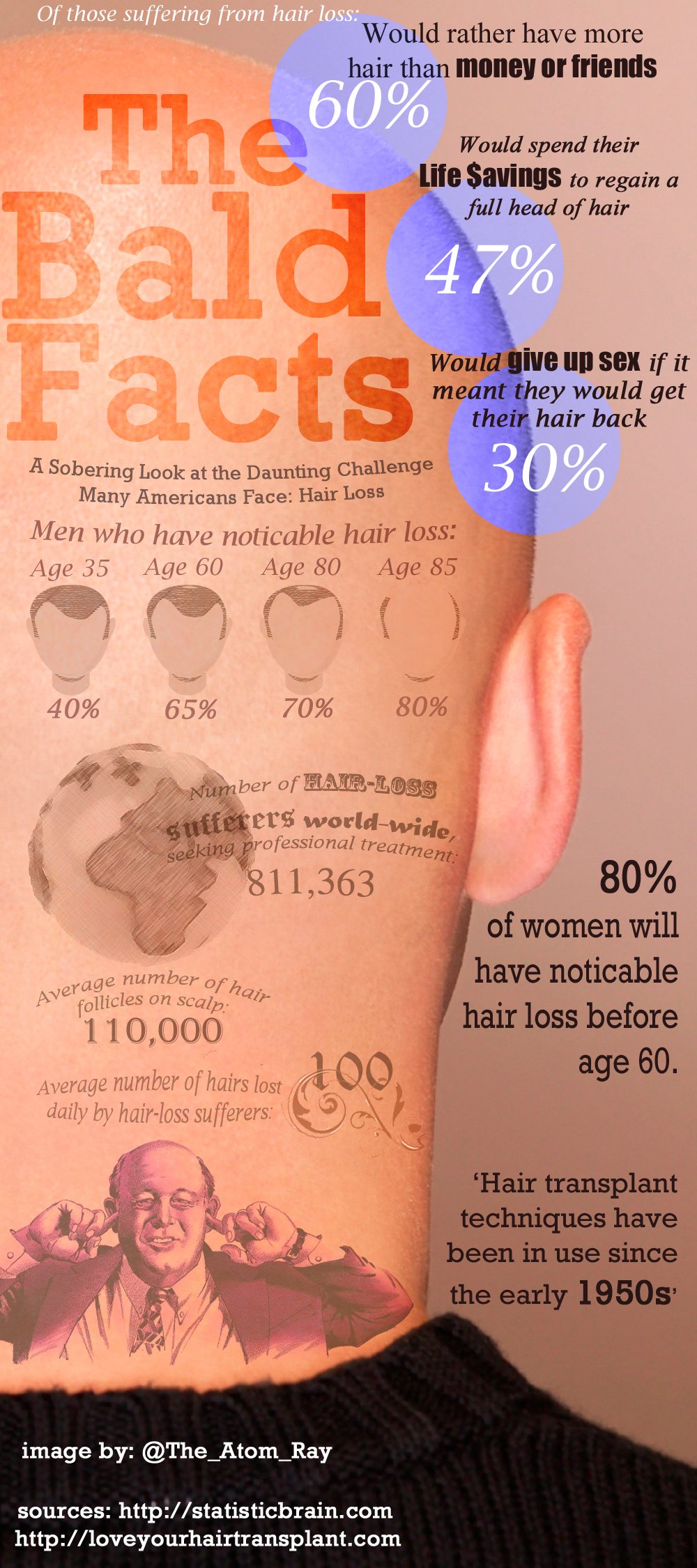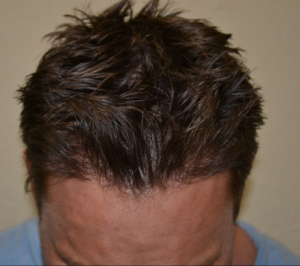A recent survey conducted by the International Society of Hair Restoration Surgery (ISHRS) showed that men and women around the world are seeking to correct hair loss while they’re younger rather than putting it off until later in life.


Since the ISHRS starting tracking data on hair restoration in 2004, the extrapolated worldwide volume of surgical hair restoration procedures performed from 2004 to 2012 increased 85 percent. What explains this tremendous increase in people seeking help for hair loss, even during tough economic times? We believe the unprecedented growth and increased popularity in hair restoration over the past decade can be directly attributed to the continual refinements and advances in this type of surgery – together with proven medical therapies – that produce natural-looking, permanent results.
Other key findings of the survey include:
- The number of women undergoing hair restoration surgery worldwide increased 20 percent from 2004 to 2012
- Patients aged 30 to 49 sought treatment for hair loss more than any other age group
- In 2012, ISHRS members chose John Mayer and Sofia Vergara as the celebrities with the best hair
In our practice, we offer patients some of the latest techniques in hair restoration surgery and proven medical treatments that can help men and women permanently restore thinning hair. If you are interested in hair restoration treatments, including robotic hair transplants, and the latest treatment options, we would be happy to speak with you or invite you for a consult at our office. Please call our office at (817) 473-2120, visit our website at www.MarkBisharaMD.com, or click on the link below.
Get our Free Guide on Robotic Hair Restoration












